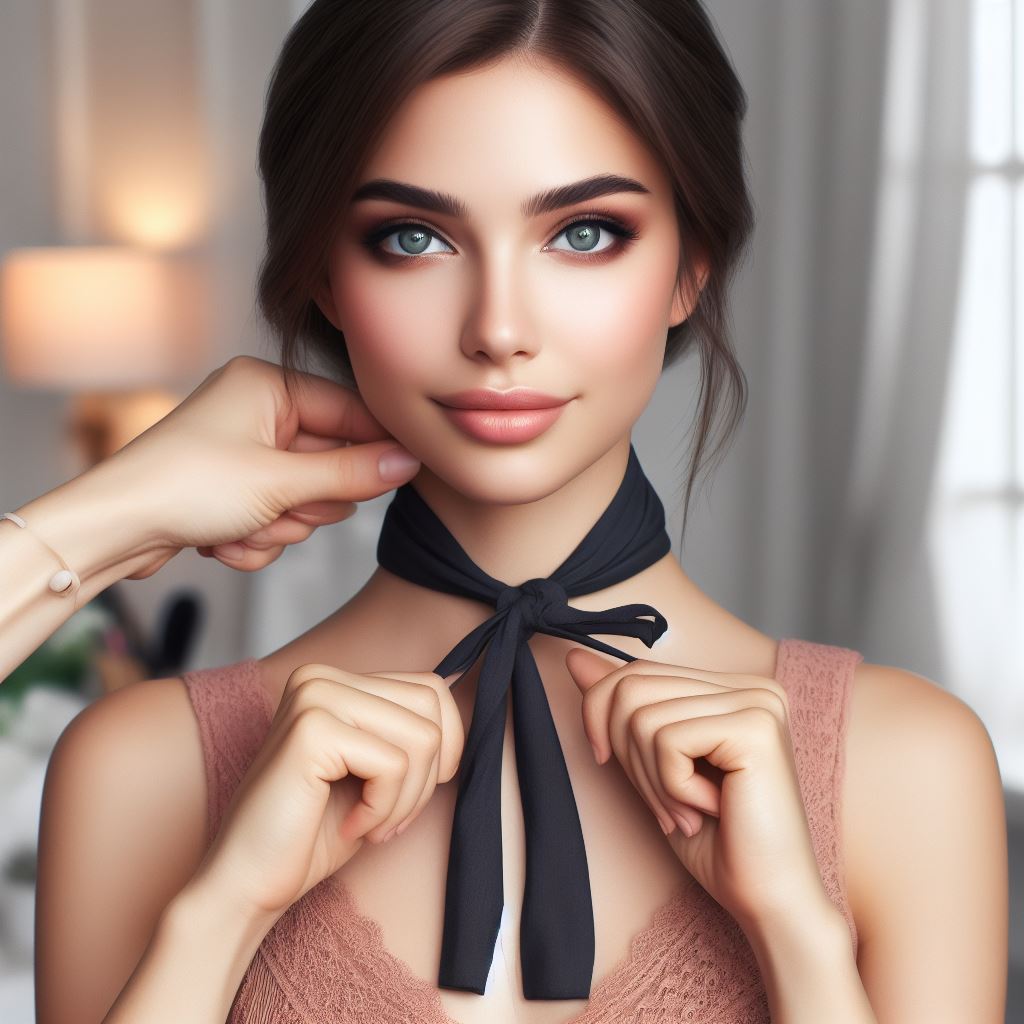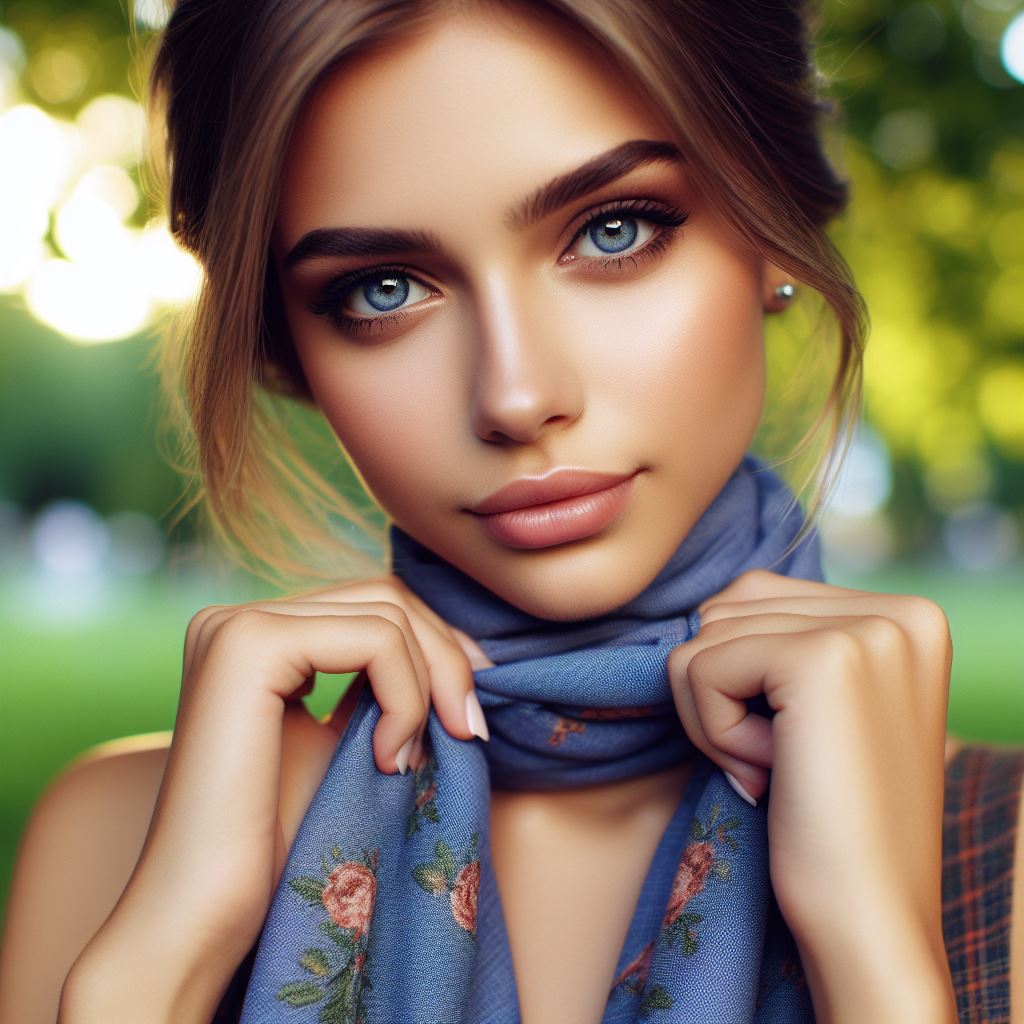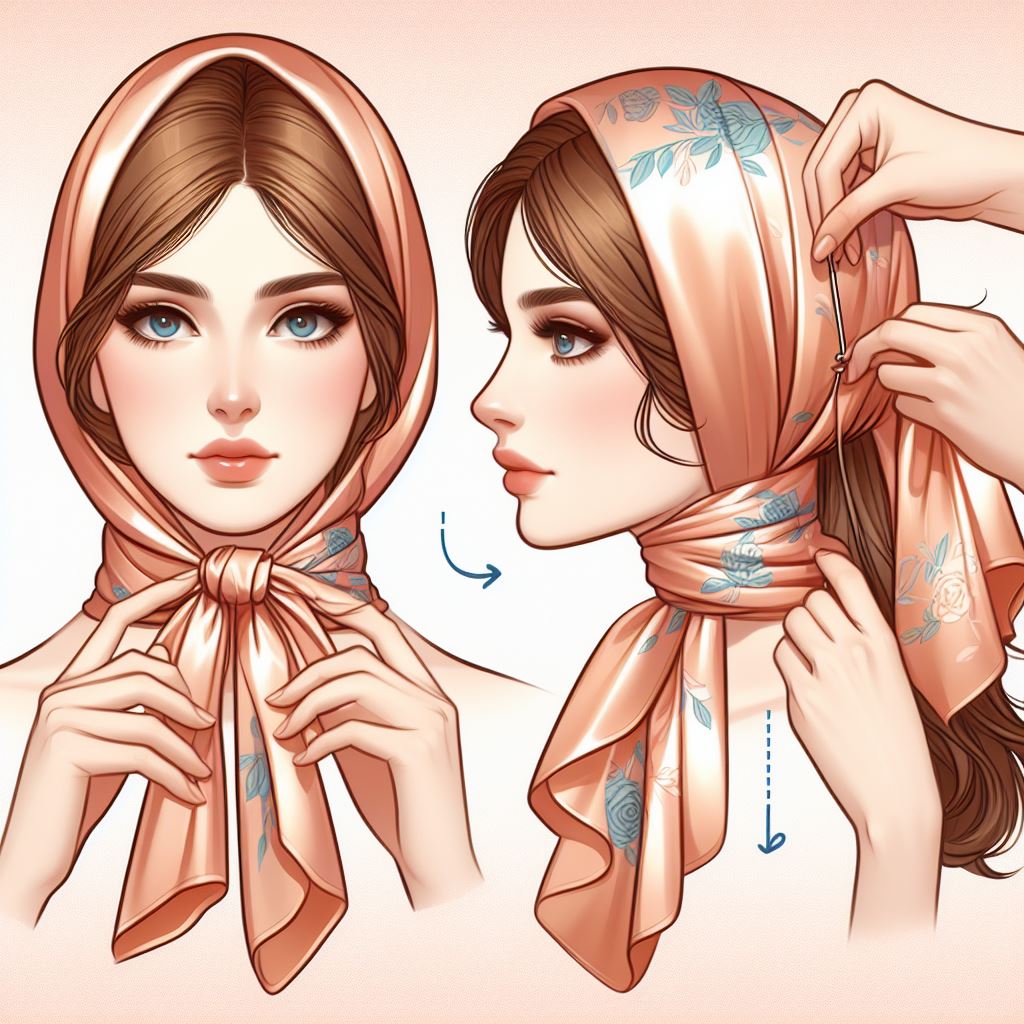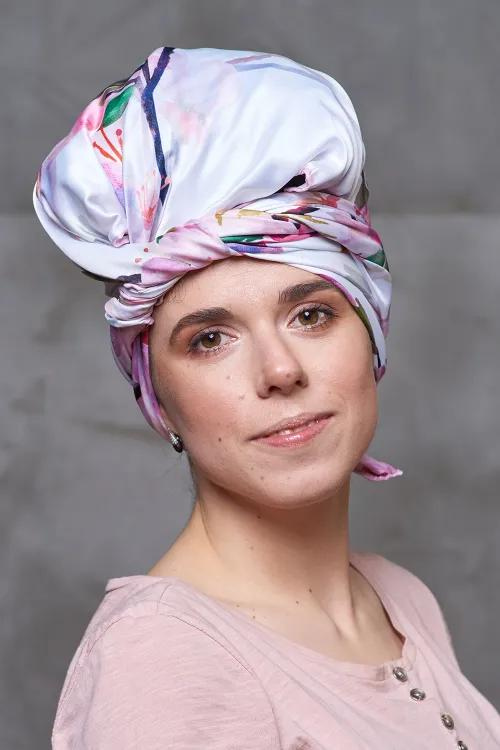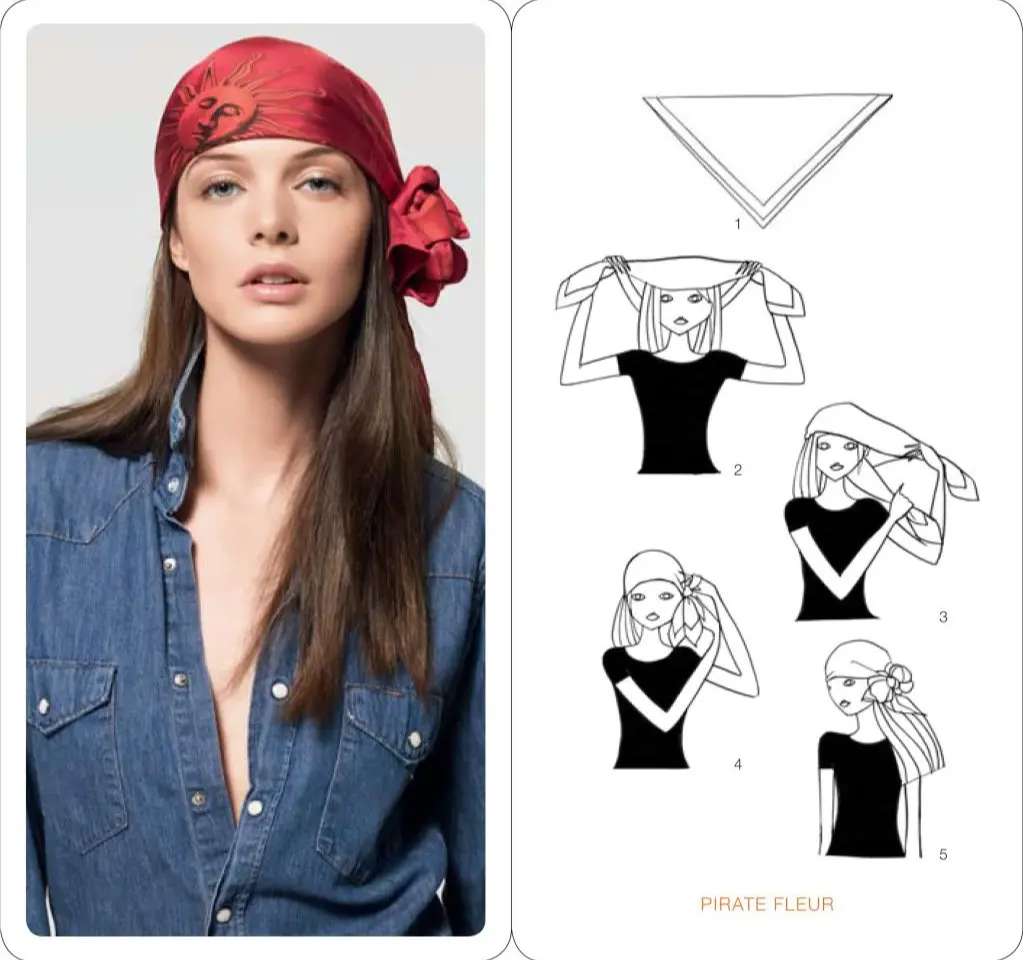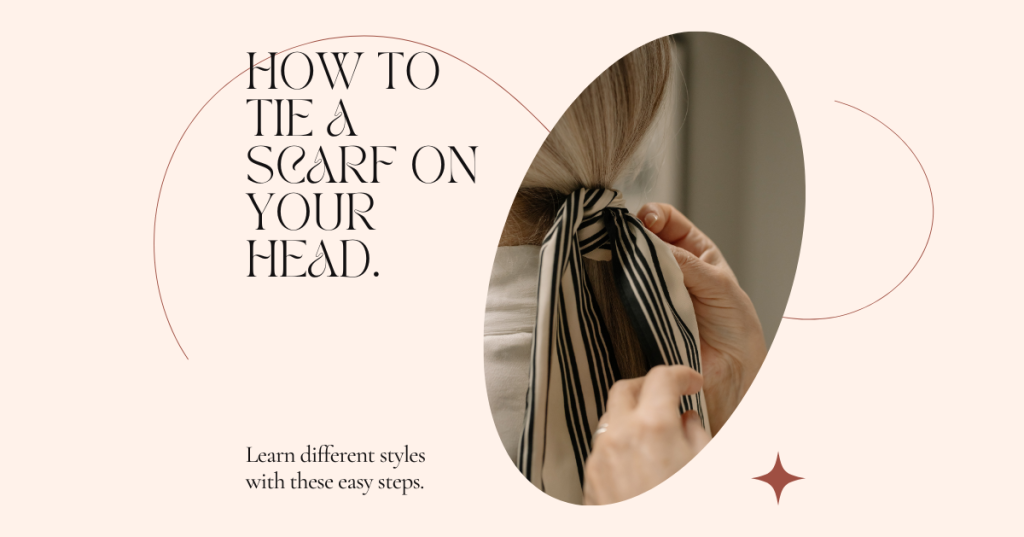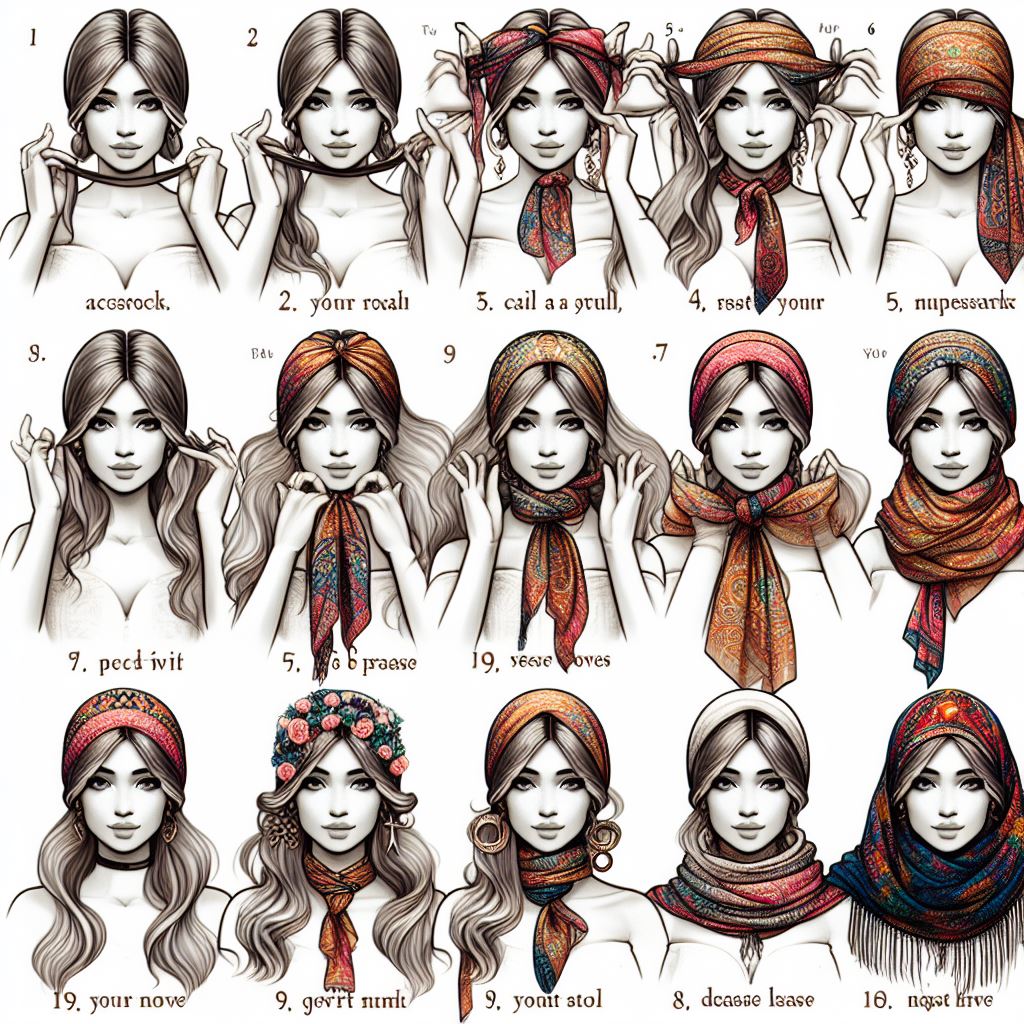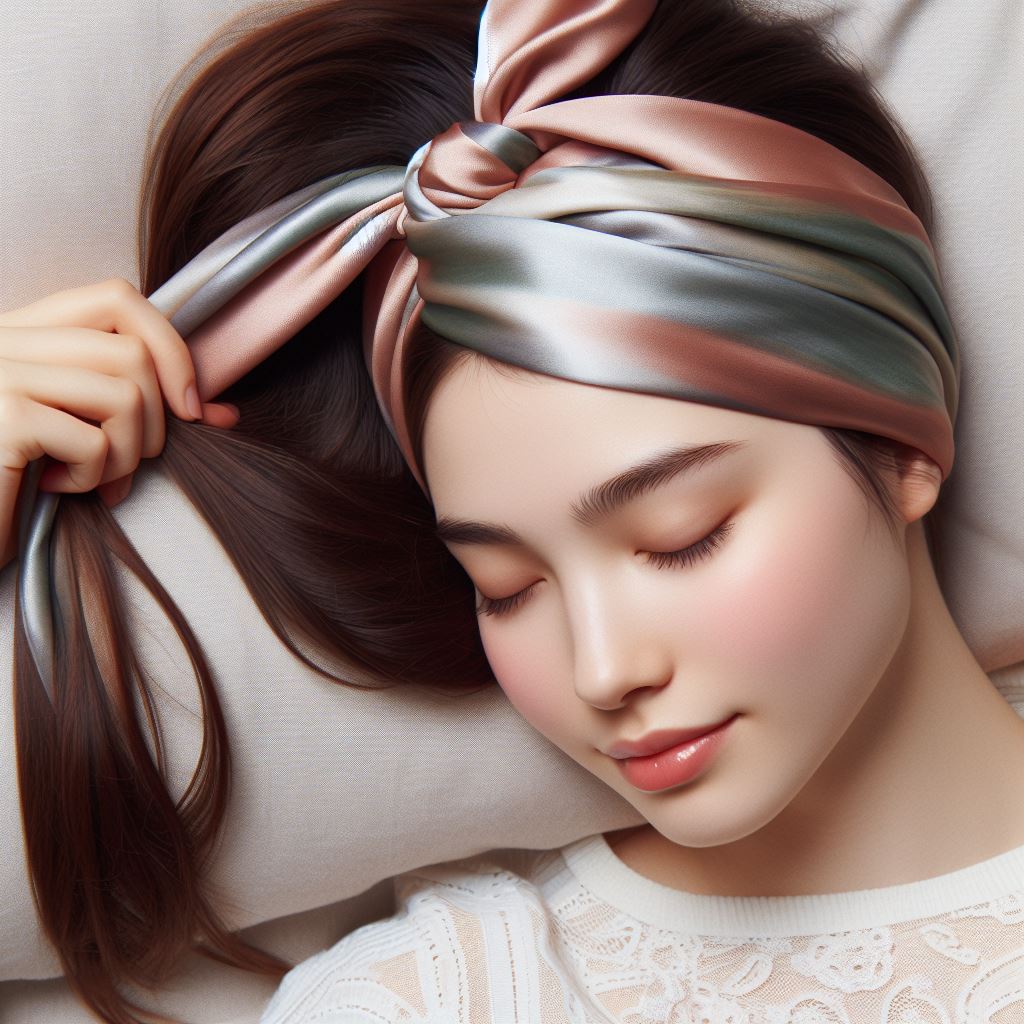How To Tie A Short Neck Scarf
A short neck scarf has two main jobs: to make your outfit look awesome and to keep you a bit warmer. It’s like a cool accessory that adds style to your clothes. In colder weather, it gives your neck a little protection from the chilly air. Short-neck scarves come in a few basic types. There’s the classic neck wrap with simple loops or double knots. The ascot knot gives a polished look, while the bandana style offers casual options. You can also try the side knot for flair or the Bohemian wrap for a loose and effortless vibe. Choosing the right scarf adds a special touch to your outfit. The fabric, color, and style of the scarf can enhance your overall look. A well-chosen scarf complements your clothes, expresses your style, and can even keep you cozy in colder weather. Purpose of a short neck scarf The purpose of a short neck scarf extends beyond mere fashion, as it serves both functional and aesthetic roles. Preparing the Scarf Preparing the scarf is a crucial step to ensure a polished and stylish look when tying a short neck scarf. Unwrapping and Straightening Begin by gently unwrapping the scarf to avoid any twists or knots. Lay the scarf flat on a clean surface to assess its length and width. Smooth out any wrinkles or creases to achieve a neat appearance. Checking for Wrinkles or Creases Examine the entire length of the scarf for wrinkles or creases. If wrinkles are present, use your hands to smooth them out, or consider lightly ironing the scarf following the fabric’s care instructions. Ensuring the scarf is wrinkle-free contributes to a refined and put-together look. Folding Techniques for Various Styles Depending on the desired tying style, employ specific folding techniques. For a classic neck wrap, fold the scarf into a rectangle or strip, adjusting the width as needed. Experiment with different folds to achieve the desired thickness and length for the chosen style. Selecting the Right Side Some scarves have distinct patterns or textures on one side. Decide which side you want to display based on your outfit and personal preference. Ensure that the chosen side is facing outward when you begin tying the scarf. Adjusting Length and Ends Consider the length of the scarf with your outfit and the desired style. If the scarf has fringed ends, decide whether you want to incorporate them into the look or keep them hidden based on the tying style. Creating a Solid Base Before tying the scarf, make sure it is evenly distributed and creates a solid base around your neck. Adjust the length on both sides to ensure symmetry and balance in the final appearance. Classic Neck Wrap The Classic Neck Wrap is a versatile way to tie a short neck scarf. You can go for a simple loop, a double knot, or even a stylish bow tie. This timeless style adds a touch of elegance to your outfit, making it a popular choice for various occasions. Whether you want a casual or more polished look, the Classic Neck Wrap offers flexibility and allows you to express your style effortlessly. The Ascot Knot The Ascot Knot is a sophisticated way to tie a short-neck scarf, giving a polished and refined appearance. To achieve this style, start by draping the scarf around your neck, with one end slightly longer than the other. Cross the longer end over the shorter one, wrap it around it, and then tuck it into the loop created. The result is a knot that resembles an ascot, adding a touch of elegance to your outfit. This knot is perfect for more formal occasions, providing a classy and distinguished look with minimal effort. The Bandana Style The Bandana Style is a relaxed and casual way to wear a short-neck scarf. To achieve this look, fold the scarf into a triangle, and then drape it around your neck with the point hanging in front. Cross the ends behind your neck and bring them to the front, tying a knot with a simple bow. This style is versatile, offering a laid-back and chic appearance. It’s great for adding a touch of flair to your outfit, especially when you want a more effortless and comfortable look for various occasions. Conclusion We’ve covered classic wraps like the timeless neck loop, sophisticated ascot knot, and laid-back bandana style. These styles aren’t just about looking good; they also add warmth when needed. Your choice of scarf can transform an outfit, letting your personality shine through. Whether you opt for a polished ascot or a casual bandana vibe, the key is to experiment and find what feels right for you. Confidence is your best accessory. So, tie your scarf with assurance, knowing you’ve mastered a variety of stylish looks. Details matter in fashion, and your short-necked scarf can be that unique touch that sets your style apart.
How To Tie A Short Neck Scarf Read More »
